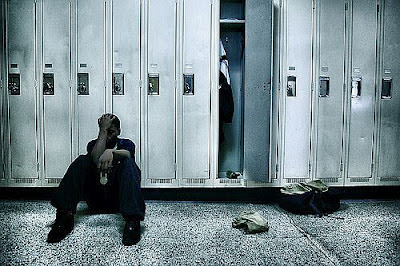>Exámenes selectividad inglés resueltos Andalucía
 |
| Picture by John Steven Fernandez - CC licence |
A broad definition of bullying is when a student is repeatedly exposed to negative actions on the part of one or more other students. These negative actions can take the form of physical contact, verbal abuse, or making faces and rude gestures. Spreading rumours and excluding the victim from a group are also common forms.
A recent survey shows that around 15% of pupils in primary and secondary schools are involved in bully/victim problems with some regularity, and there are indications that the level of bullying is rising every year.
Several studies about the characteristics and family backgrounds of victims and bullies suggest that bullying has to be seen as a component of more generally antisocial behaviour; former school bullies are more likely than other pupils to engage in serious crime later in their lives.
These studies have identified certain personality characteristics and typical reaction patterns, which usually vary according to the level of physical strength or weakness, especially in the case of boys. An aggressive social environment also influences the extent to which these problems will manifest themselves in schools.
Governments and school authorities have an important role to play, and bully/victim problems have gradually been placed on formal school agendas in many countries.
Can bullying be stopped? Bullying is a big problem in schools, but most studies suggest that, with a suitable intervention programme, it is possible to reduce it considerably; it is primarily a question of changing attitudes, knowledge, behaviour and habits in school life, rather than using disciplinary measures.


Muchas gracias, la mejor página para inglés!! Fue de gran ayuda
ResponderEliminarGracias a ti Anónim@. Nos enorgullece leer comentarios como el tuyo.
EliminarEs un honor disponer de vuestro apoyo.
Salu2 y mucha suerte :D